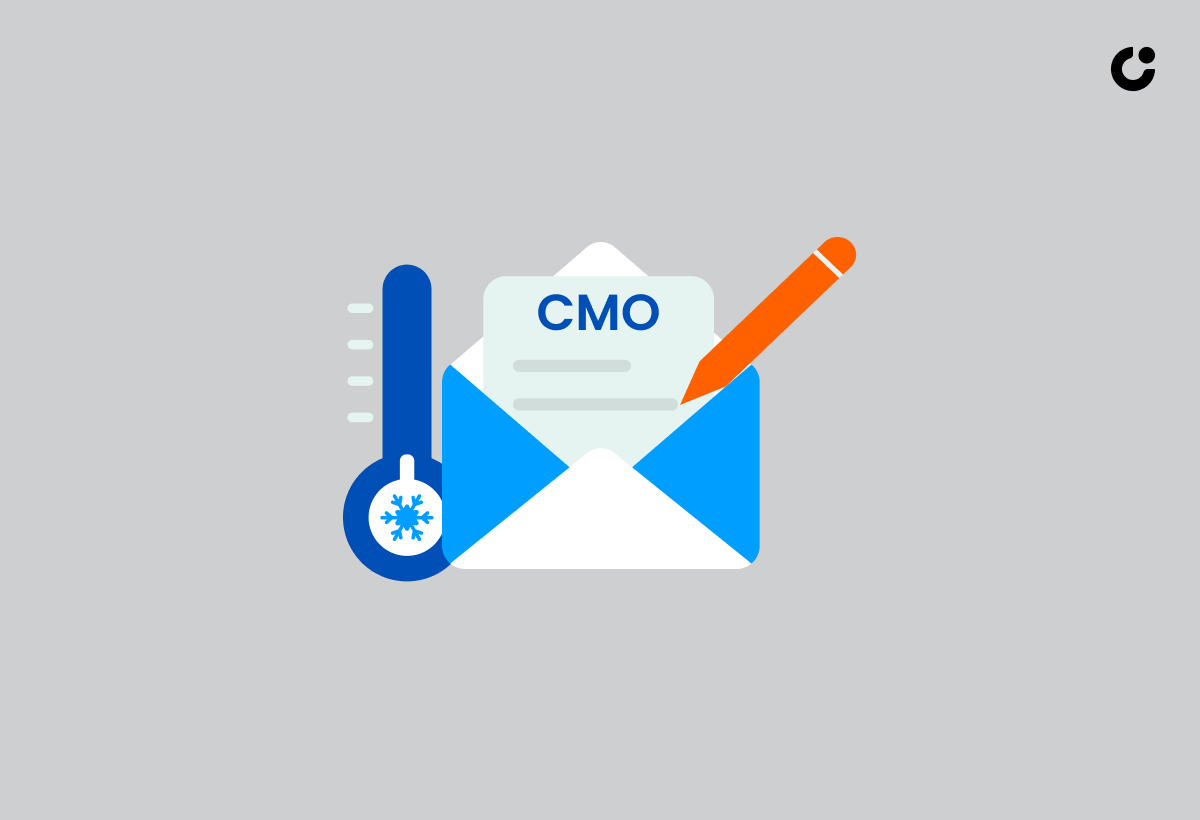Do you struggle to get responses from CMOs in your cold email campaigns? You’re not alone. Crafting a cold email that captures the attention of a busy CMO is no easy feat, but the benefits are worth it. In this blog post, we’ll explore the secrets to mastering the cold email to CMO, from understanding their mindset to personalizing your message, and even learning from successful examples. Let’s unlock the full potential of your cold email efforts and connect with CMOs like never before.
Key Takeaways
Understand the CMO mindset and prioritize relevant info in concise emails
Offer tangible benefits to demonstrate value for their business
Personalize messages with creative hooks and offers tailored to individual needs
Understanding the CMO Mindset

Given that CMOs receive an overwhelming number of emails every day, understanding their mindset and priorities becomes vital to make your message stand out in their crowded inbox. CMOs are busy professionals faced with numerous challenges, and they’re often results-driven, seeking solutions that address their pain points and deliver value. You need to approach these executives differently than you do the other c-suite execs.
Time Constraints and Priorities
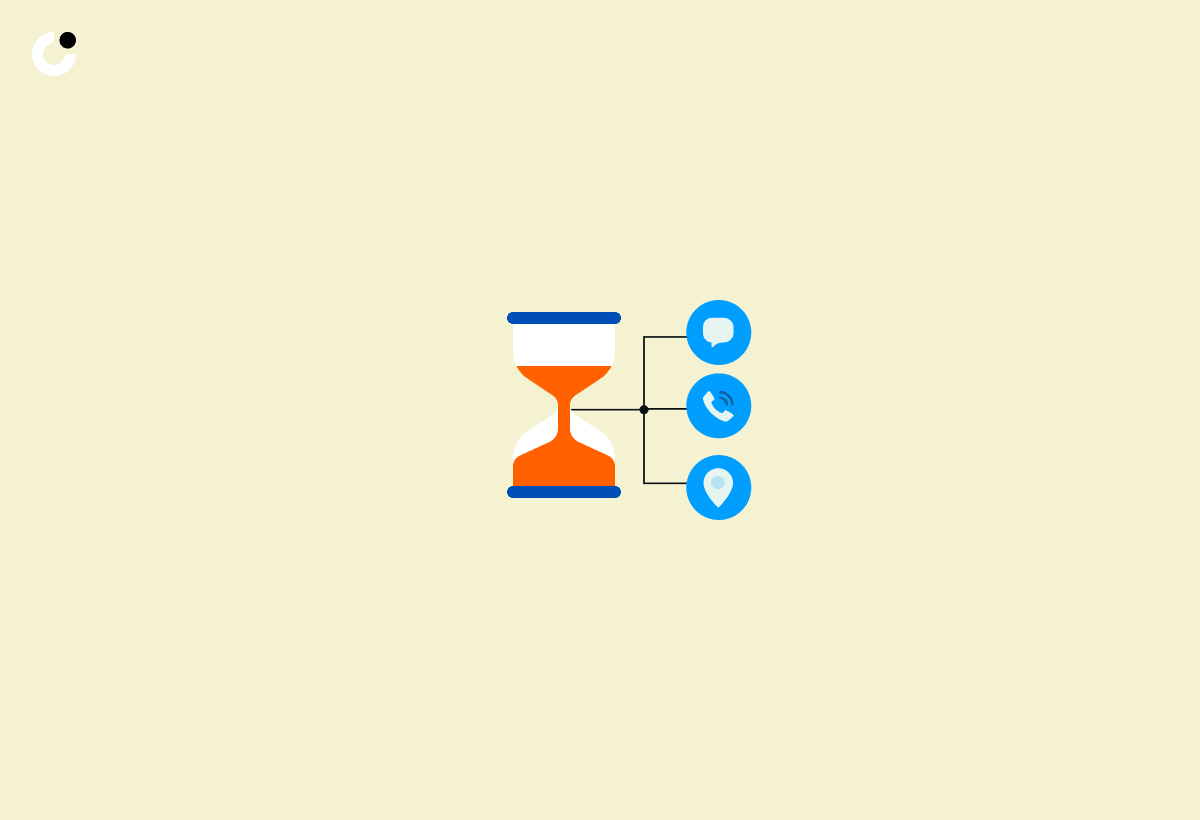
Given the extensive responsibilities that CMOs juggle daily, a concise and focused cold email is more likely to grab their attention. A lengthy email will likely be ignored, so make sure your message is straight to the point and presents the main points succinctly. Aim to communicate the most relevant information in as few words as possible, making your cold email campaign effective by learning how to write a cold email using a well-crafted cold email template.
Bullet points can be especially helpful in conveying key details without overwhelming the reader in a blog post.
Results-Oriented Approach

CMOs seek tangible results, not fluffy marketing jargon. When crafting your cold email, focus on the benefits and outcomes your product or service can deliver to their business. Make sure you emphasize the tangible value that your offering can provide, such as increased customer satisfaction, improved operations, or accelerated growth.
This results-oriented approach will resonate with the CMO and showcase the potential impact of your solution.
Desire for Personalization

Personalization is key when reaching out to CMOs. Show that you’ve done your research by tailoring your email to their specific needs and their company. Mentioning the company name, industry, or stage of growth in the email demonstrates that you’ve taken the time to understand their unique situation and can provide tailored solutions.
Avoid generic messaging and focus on addressing the prospect’s pain points to create a personalized message that resonates with the CMO.
Crafting the Perfect Subject Line

The subject line is your first impression, and it can make or break your email’s chances of being opened. A well-crafted subject line will grab the CMO’s attention and entice them to read your email. For a compelling subject line; keep it short, clear, steer clear of spam triggers, and strive to evoke curiosity or a sense of urgency.
Keep It Short and Clear

Aim for a subject line that is 50 characters or less and gets straight to the point. CMOs are busy, and a long or confusing subject line may cause them to skip over your email. Be concise and use specific language to communicate your message.
A short and clear cold email subject line enhances the chances of your email being opened and read, making the use of effective subject lines crucial for cold email success.
Avoid Spam Triggers
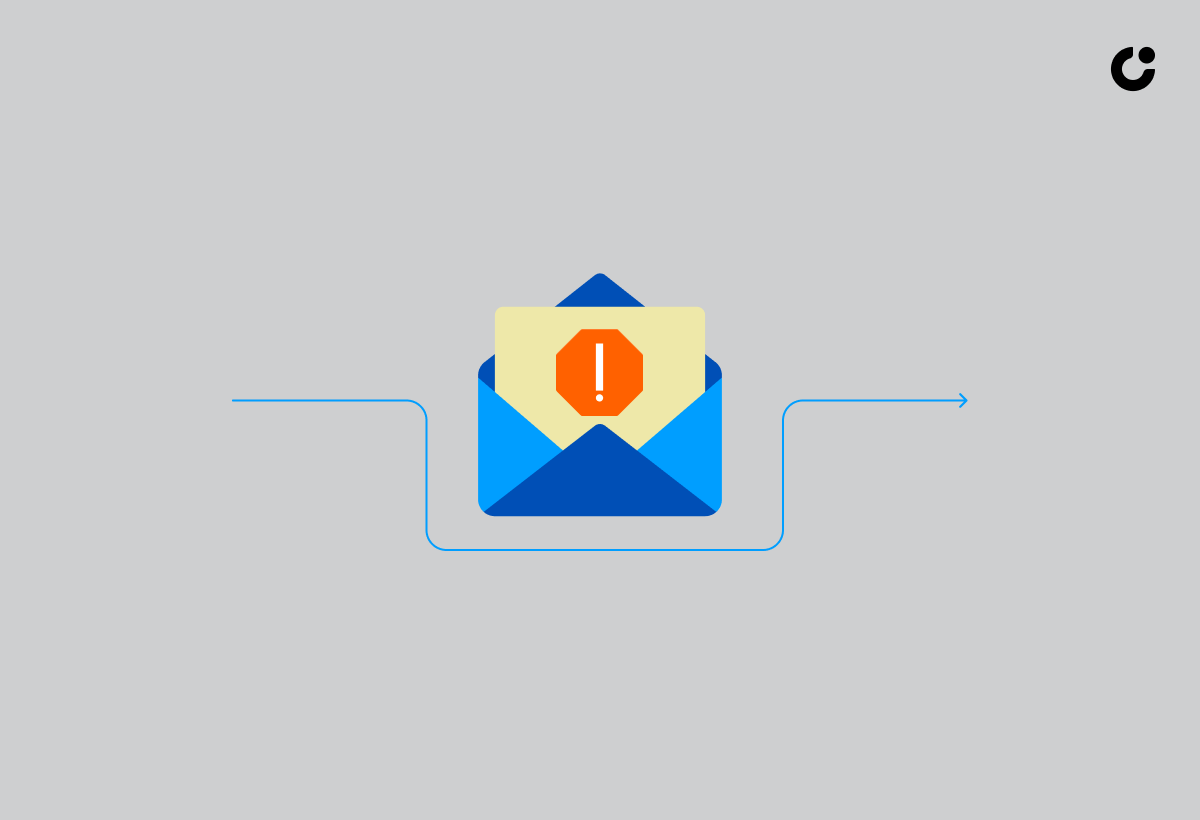
Steer clear of words and phrases that may trigger spam filters and prevent your email from reaching the CMO’s inbox. Examples of spam triggers include:
“free”
“buy now”
“limited time offer”
“act now”
Steering clear of these triggers provides your email a better shot at reaching the CMO’s inbox and being read.
Evoke Curiosity or Urgency

Use language that piques the CMO’s interest or creates a sense of urgency to open the email. For example, you could ask a thought-provoking question or use time-sensitive language like “limited availability” or “exclusive offer.” The goal is to make the CMO feel compelled to open your email and engage with your message.
Personalizing Your Cold Email
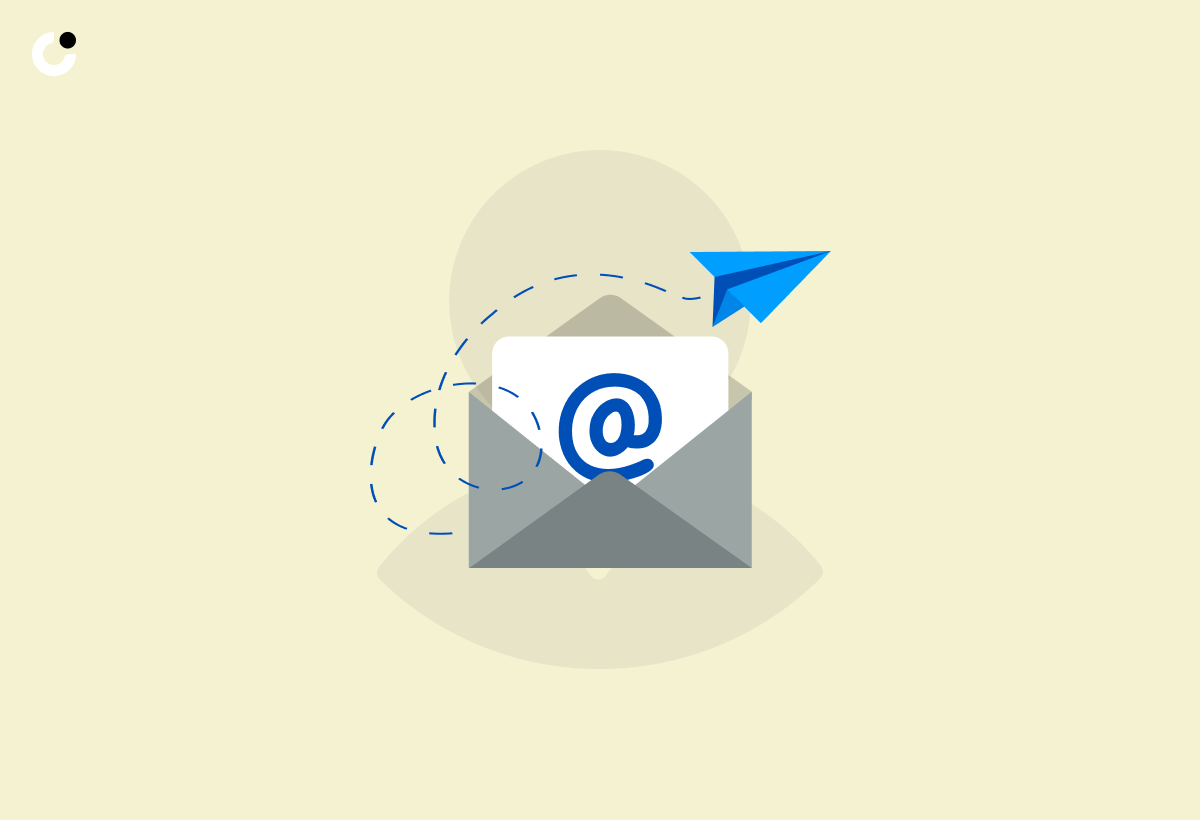
Personalizing your message is a powerful strategy to make your cold email distinguishable from the rest. This involves conducting prospect research, addressing the CMO’s pain points, and offering valuable solutions.
Tailoring your message around the CMO’s needs enhances your chances of not only getting a response but also building a relationship.
Conducting Prospect Research

Before crafting your cold email, take the time to gather information on the CMO and their company. Use social media platforms like LinkedIn to research their background, interests, and challenges. This information can help you better understand their needs and tailor your message accordingly, increasing the chances of getting a response.
Addressing Pain Points

Identify the challenges the CMO may be facing and demonstrate how your product or service can help. Focus on providing solutions that address their specific pain points, rather than offering a generic sales pitch. By demonstrating a deep understanding of their needs, you show the CMO that you’ve done your homework and can offer a solution that delivers real value.
Offering Value and Solutions

Provide actionable insights or solutions that the CMO can implement immediately. This could include sharing relevant articles, offering a free consultation, or suggesting a proven strategy to improve their marketing efforts.
Positioning yourself as a valuable resource in your cold email by offering solutions increases the likelihood of getting a response.
The Art of Writing Compelling Email Body Content
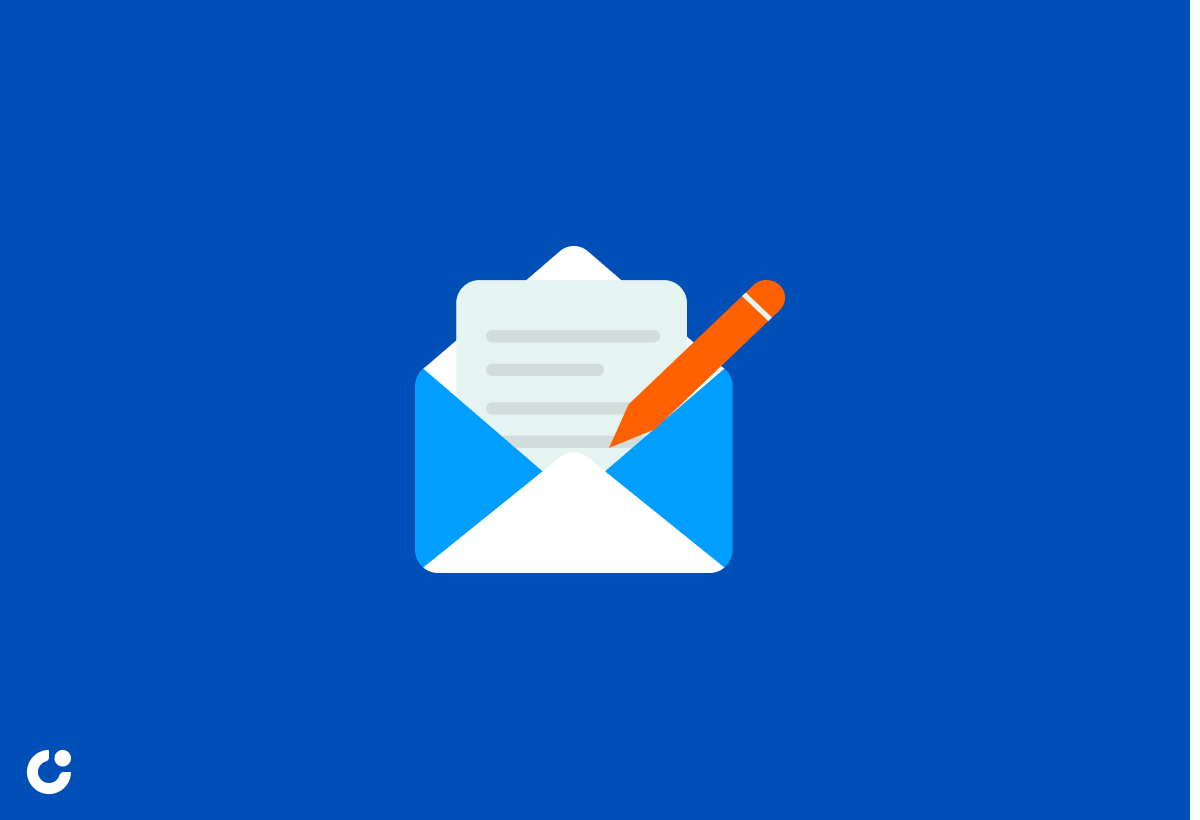
The email body content is where you can truly showcase your expertise and persuade the CMO to take action. To write compelling email body content, focus on being concise and direct, using storytelling techniques, and including social proof and testimonials.
Mastering these elements empowers you to craft a persuasive message that resonates with the CMO, thereby motivating a response.
Be Concise and Direct
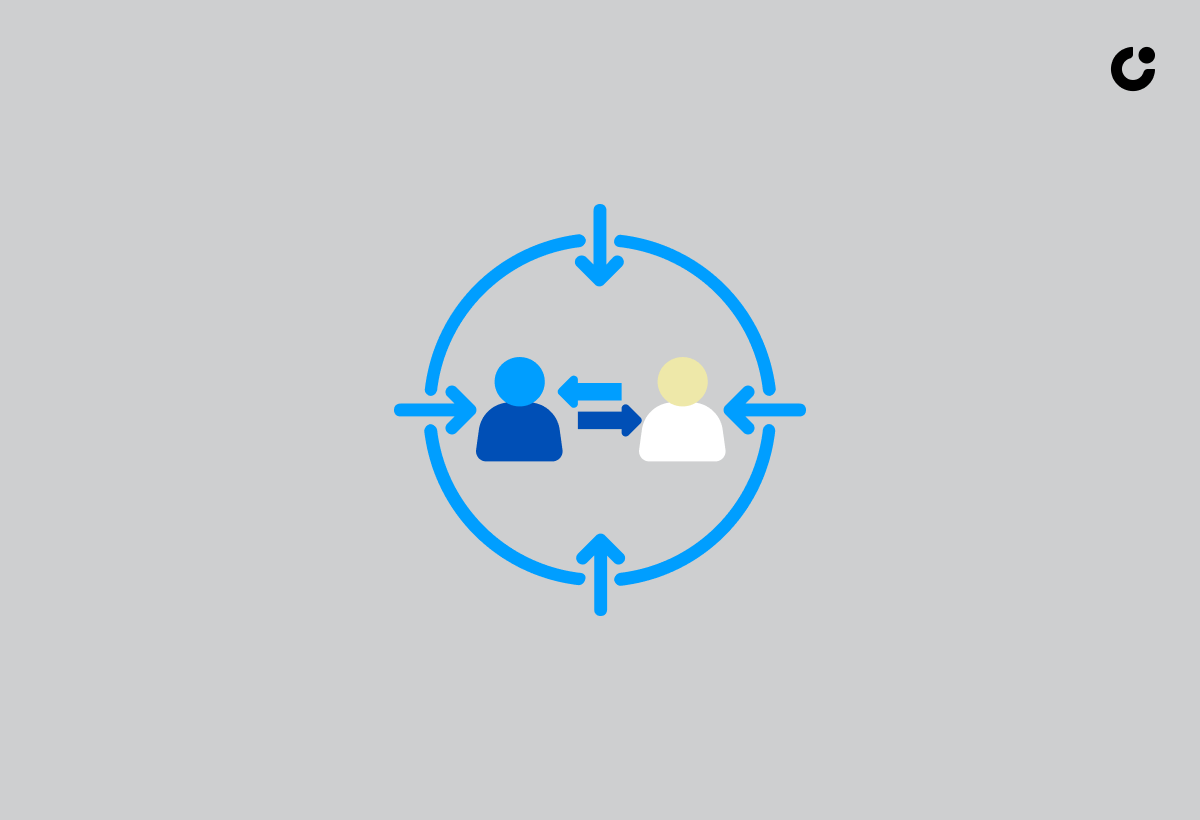
Get to the point quickly and avoid unnecessary fluff in your email. CMOs are busy professionals who don’t have time to read lengthy emails. Make sure your message is concise and focused on the most important information.
Break up large blocks of text with short paragraphs and bullet points for easier readability.
Use Storytelling Techniques

Engage the CMO by sharing a relatable story or anecdote that highlights the benefits of your product or service. Stories can create an emotional response and make your message more memorable.
For example, you could share a customer success story or describe a scenario in which your product or service solved a common problem faced by CMOs.
Include Social Proof and Testimonials

Showcase the success of your product or service through customer testimonials or case studies. Social proof helps build credibility and trust with the CMO, increasing the likelihood that they’ll consider your solution.
Including real-world examples manifests the value and effectiveness of your product or service.
Crafting an Effective Call-to-Action (CTA)
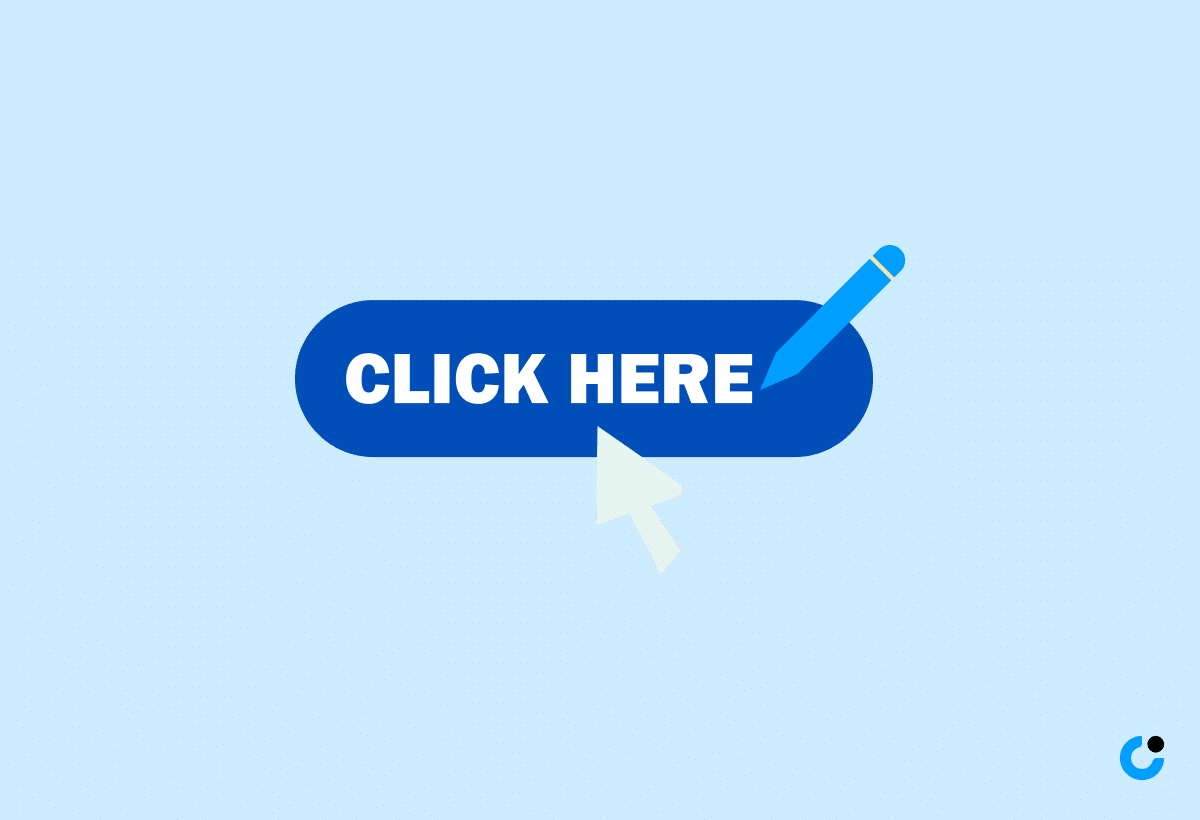
Your call-to-action (CTA) is the final push that encourages the CMO to take the next step. To craft an effective CTA, make it:
Direct
Specific
Low-risk
Create a sense of urgency
Mastering these elements can motivate the CMO to engage with your message, propelling them forward in the sales process.
Be Direct and Specific
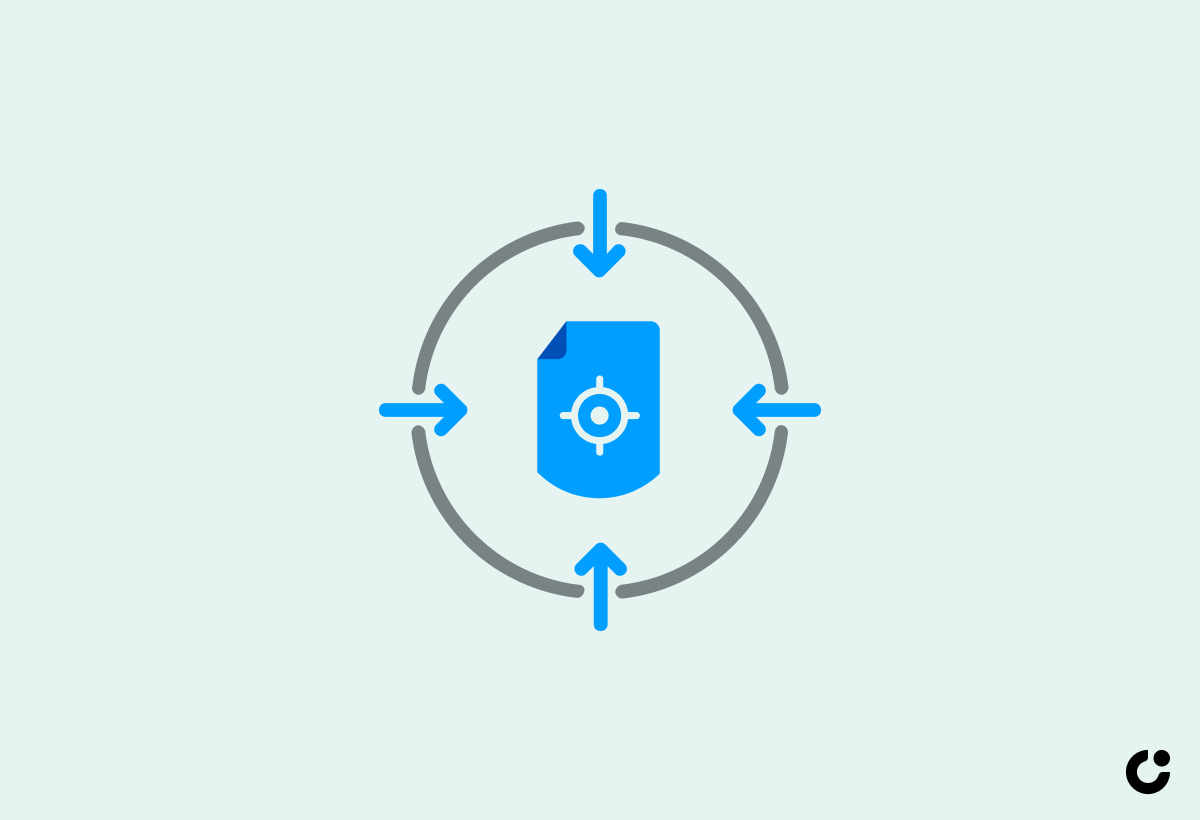
Clearly state what you want the CMO to do next, whether it’s scheduling a call, downloading a whitepaper, or signing up for a free trial. Be specific and avoid using vague or generic language.
By providing a clear and actionable next step, you increase the chances of the CMO responding and taking action.
Offer Low-Risk Options

Provide a low-commitment option for the CMO to take the next step, such as a free trial or consultation. This reduces the perceived risk for the CMO and makes it more likely that they’ll engage with your offer.
Providing a low-risk option underscores your confidence in the value of your product or service and shows your willingness for the CMO to experience it firsthand.
Create a Sense of Urgency

Encourage the CMO to act quickly by using time-sensitive language or offers in your CTA. Phrases like “limited time offer” or “exclusive opportunity” create a sense of urgency and increase the likelihood that the CMO will take action immediately.
Creating a sense of urgency can propel the sales process forward and enhance the likelihood of a positive outcome for sales reps.
Following Up: The Key to Success
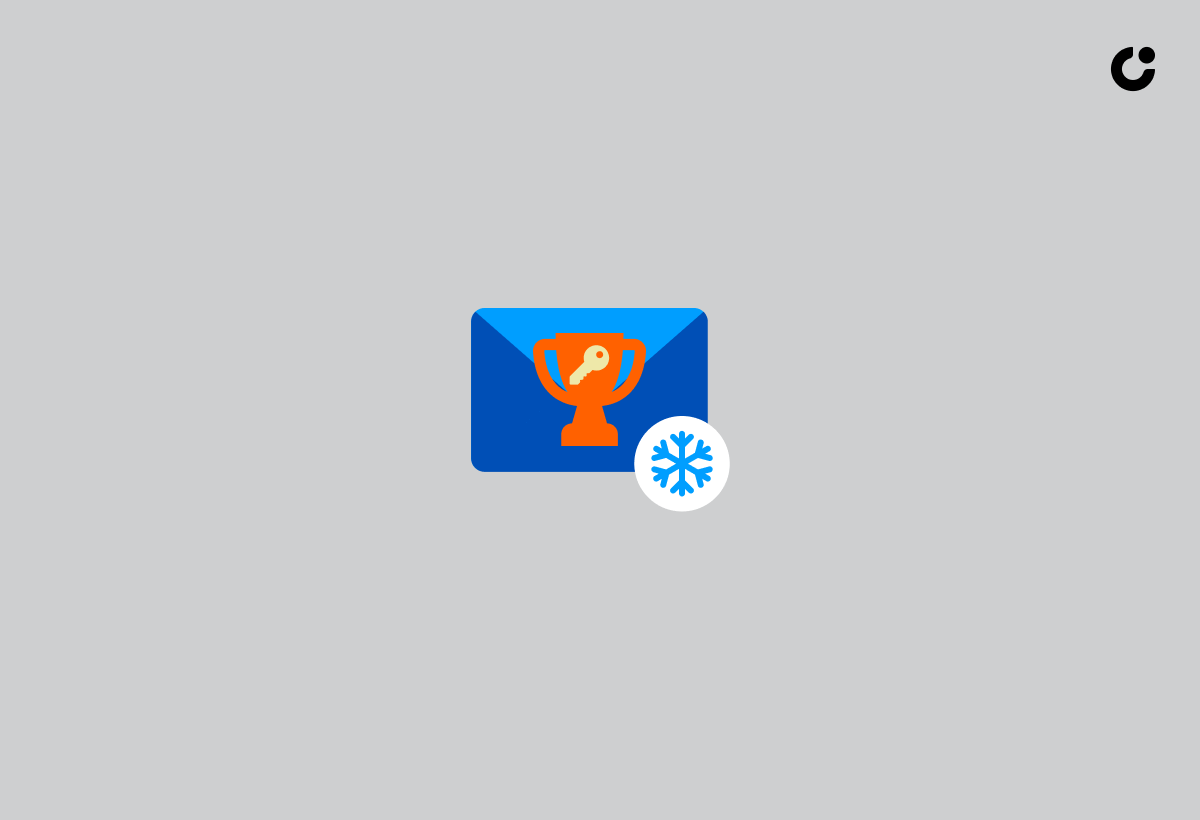
Persistence is crucial in cold email campaigns, but it’s essential to strike the right balance between follow-ups and respecting the CMO’s time. This section will delve into the optimal timing and frequency for follow-ups, strategies for adding value in each message, and the art of recognizing when to cease pursuing a lead.
Timing and Frequency
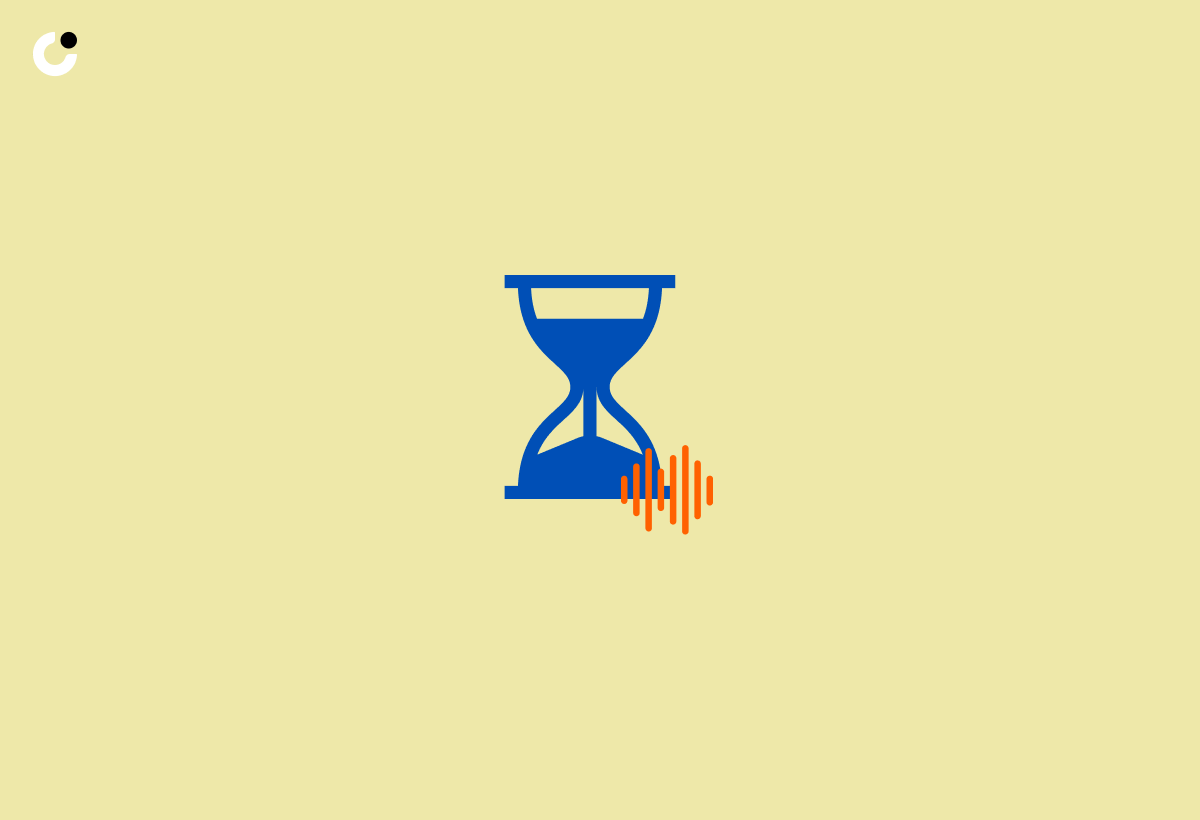
Find the optimal balance between persistence and respecting the CMO’s time by carefully considering the timing and frequency of your follow-ups. It is generally recommended to wait two to three days before sending the first follow-up email after the initial cold email. However, it’s important to assess the situation and determine what works best for your specific circumstances.
Adding Value in Each Follow-Up

Ensure each follow-up email provides additional information or value to keep the conversation going. This could include sharing relevant articles, offering a free consultation, or suggesting a proven strategy to improve their marketing efforts.
Providing value in each follow-up maintains a meaningful connection with the CMO, thereby enhancing the chances of eliciting a response.
Knowing When to Stop
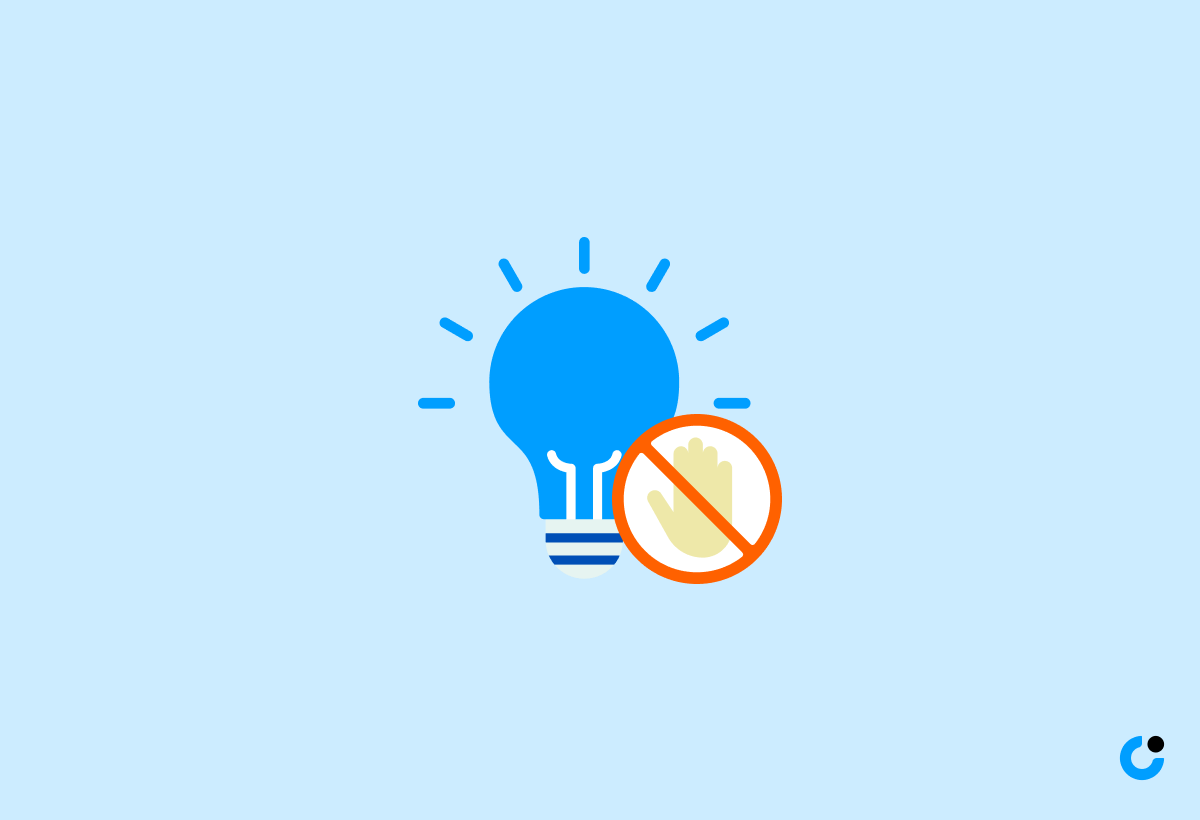
Recognize when it’s time to move on from a prospect who is not responding or showing interest. While persistence is important, it’s crucial to know when to stop pursuing a lead in order to focus your efforts on more responsive prospects.
Pay attention to the signals given by the CMO, such as lack of engagement or direct refusals, and adjust your approach accordingly.
Cold Email Examples That Worked on CMOs
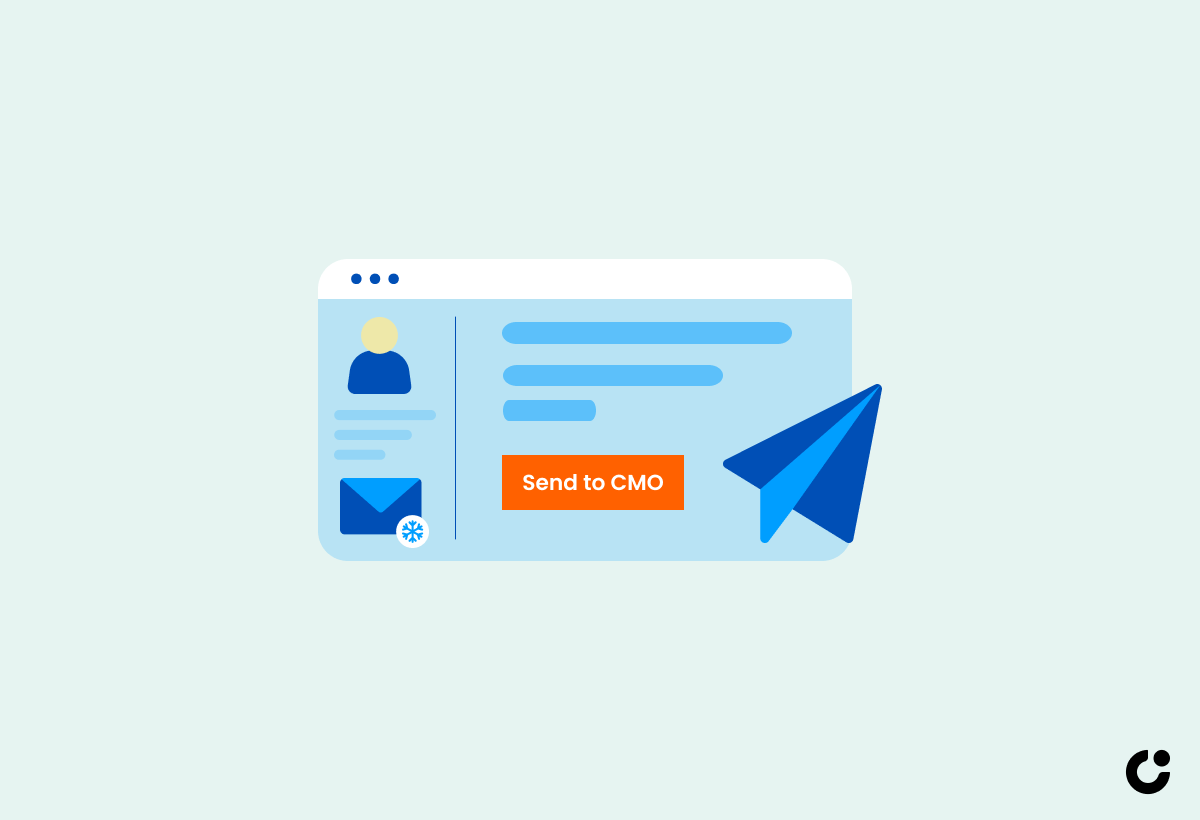
Learn from successful cold email examples that have managed to engage CMOs. These examples showcase the power of personalization, value-driven offers, and creative hooks. By understanding what works and what doesn’t, you can refine your cold email strategy and increase your chances of success.
The Personalized Approach
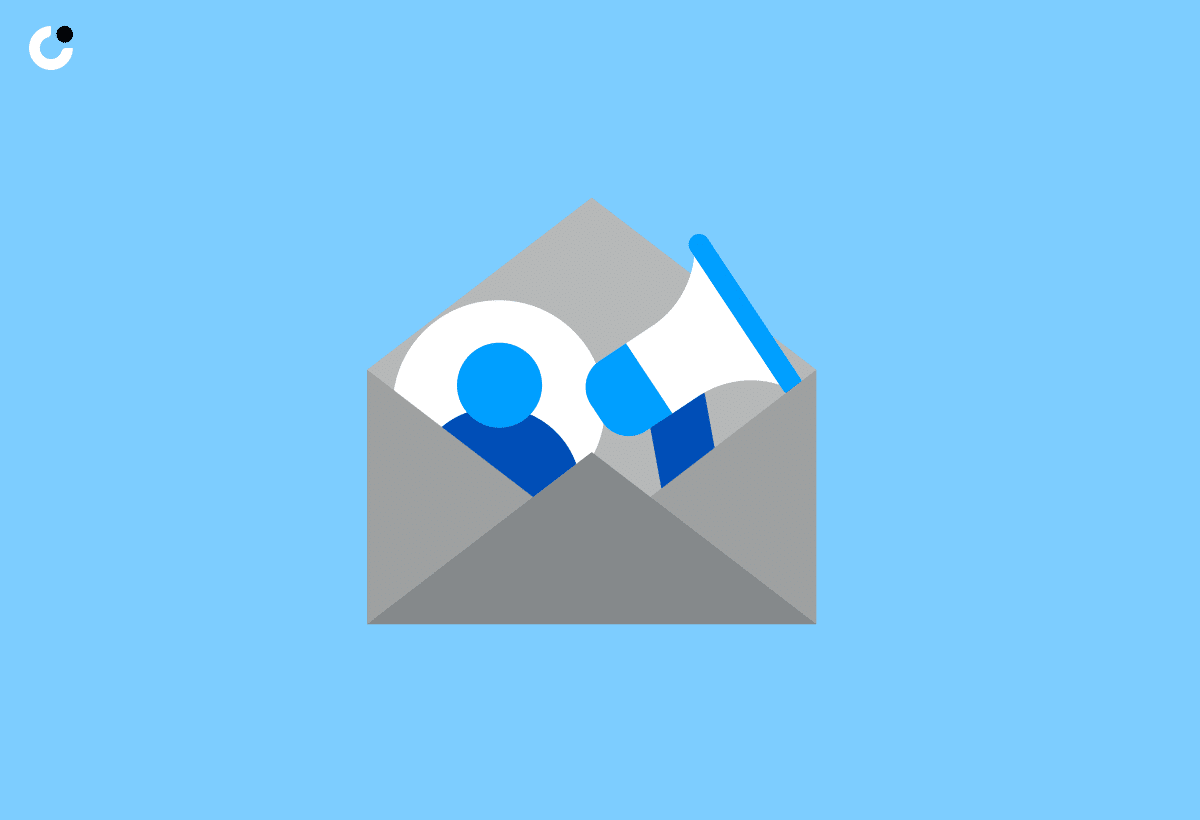
Craft an email that demonstrates your knowledge of the CMO and their company. By taking the time to research and tailor your message to the specific CMO and their needs, you create a strong connection and increase the likelihood of a response.
This personalized approach will help you stand out in the crowded inbox and show the CMO that you’re genuinely interested in helping them succeed.
The Value-Driven Offer

Focus on the benefits and results your product or service can deliver to the CMO’s business. Rather than a hard sell, present a value proposition that addresses the CMO’s pain points and offers a solution.
This value-driven approach will resonate with the CMO and showcase the potential impact of your solution.
The Creative Hook
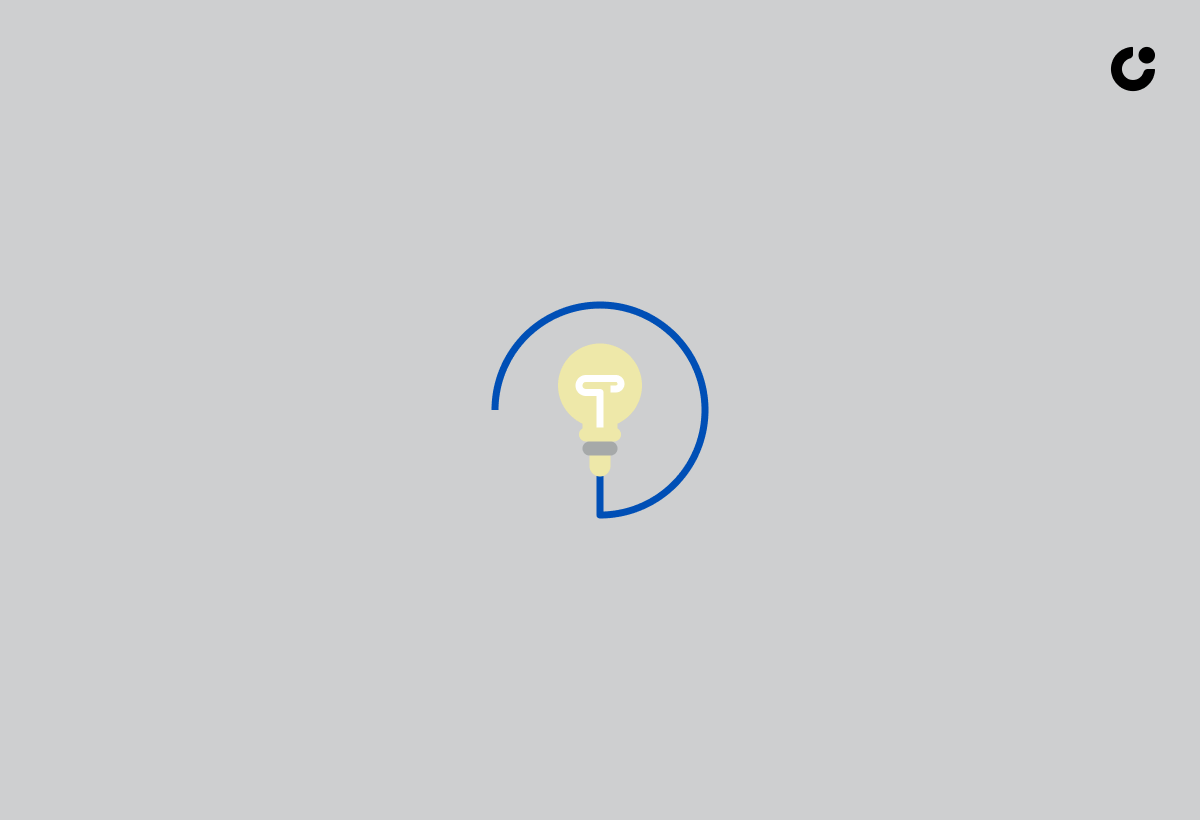
Use a unique or innovative approach to capture the CMO’s attention. This could involve incorporating humor, using an eye-catching subject line, or referencing current news or events. A creative hook will make your email stand out and increase the likelihood of the CMO engaging with your message.
Common Cold Email Mistakes to Avoid
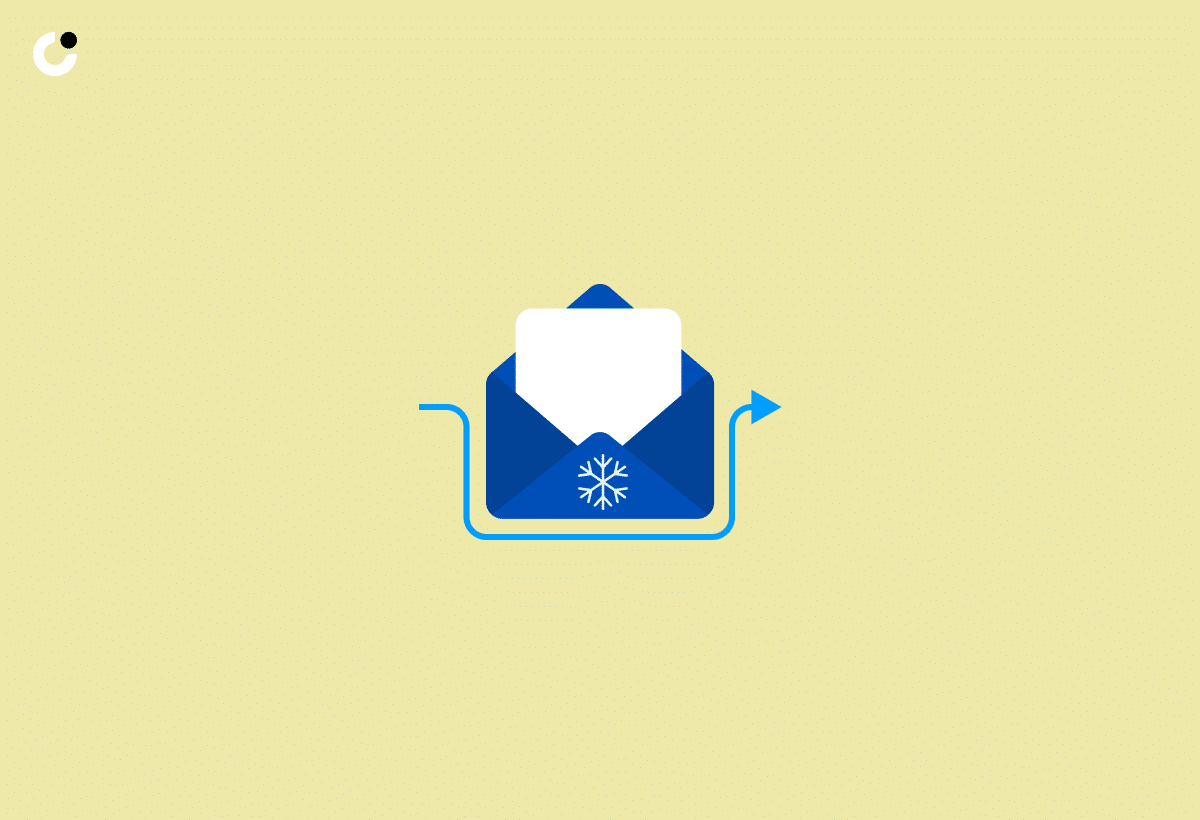
To maximize the effectiveness of your cold emailing efforts, it’s crucial to learn how to write effective cold emails and avoid common mistakes that can hinder your success. Utilizing well-crafted cold email templates can help you overcome these issues. This section will discuss the pitfalls of overly generic messaging and emphasize the role of proper formatting and grammar in preserving professionalism.
Overly Generic Messaging

Avoid using templates or generic language that fails to resonate with the CMO. Generic messaging can cause your email to blend in with the rest and reduce the chances of getting a response. Instead, focus on crafting a personalized message that demonstrates an understanding of the CMO’s needs and offers tailored solutions.
Ignoring Proper Formatting and Grammar

Ensure your email is well-formatted and free of spelling and grammatical errors to maintain professionalism. An email that contains errors or is difficult to read can reflect poorly on your credibility and cause the CMO to dismiss your message.
Take the time to proofread your email and ensure it’s formatted correctly before hitting send.
Summary
Mastering the cold email to CMOs requires a combination of understanding their mindset, crafting personalized messaging, and learning from successful examples. By incorporating the tips and strategies shared in this blog post, you’ll be well on your way to connecting with CMOs and elevating your cold email campaigns to new heights. Remember, persistence and continuous improvement are key to success in cold emailing. Keep refining your approach, and you’ll unlock the full potential of your cold email efforts.
Frequently Asked Questions
How do you write a cold email to CEO?
Start by using a professional tone and addressing the recipient respectfully. Provide value to the CEO in your email, emphasizing how responding will benefit them. Make sure you keep it short and simple, proofread your email, mention shared interests, have an interesting subject line and include your availability. Also, use a 6-part formula to craft a cold email that CEOs will read: Write strong subject lines, personalize your introduction, reveal WIIFT (What's In It For Them) quickly, tie industrial insight with WIIFT, throw a soft CTA, and sign off with a simple signature.
Are cold emails illegal?
No, cold emails are not illegal. Regulatory authorities in the recipient's region provide rules to ensure people aren't bothered by spam emails, making cold emailing legal.
How do I create a sense of urgency in my cold email?
Create a sense of urgency by using time-sensitive language and offers, such as "limited availability" or "exclusive opportunity," to prompt the recipient into taking action.
What should I avoid in my cold email subject line?
Avoid using spam triggers such as "free," "buy now," and "limited time offer" in your subject line to ensure your email reaches its recipient.
How can I personalize my cold email to a CMO?
Start off by addressing the CMO's needs and interests, tailor your message to their specific problems, and provide targeted solutions for the issues they are facing. Show that you understand their challenges and have the expertise to help.

